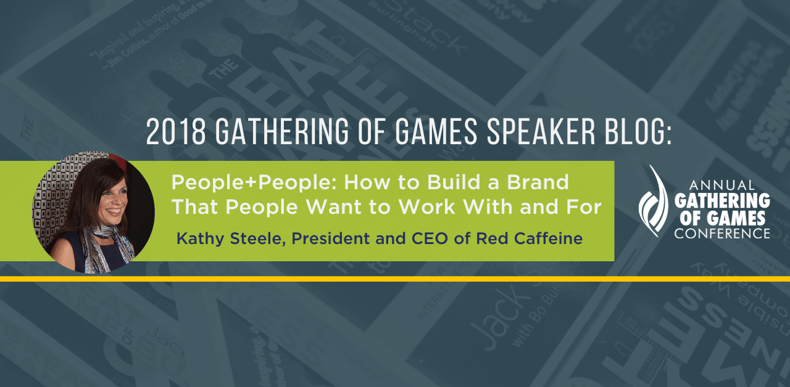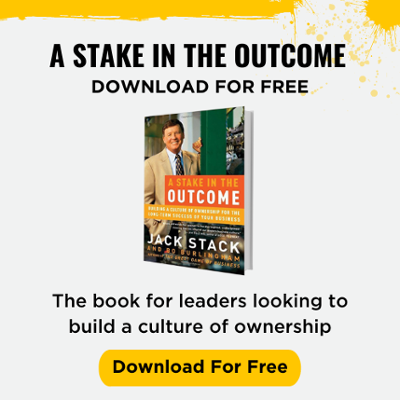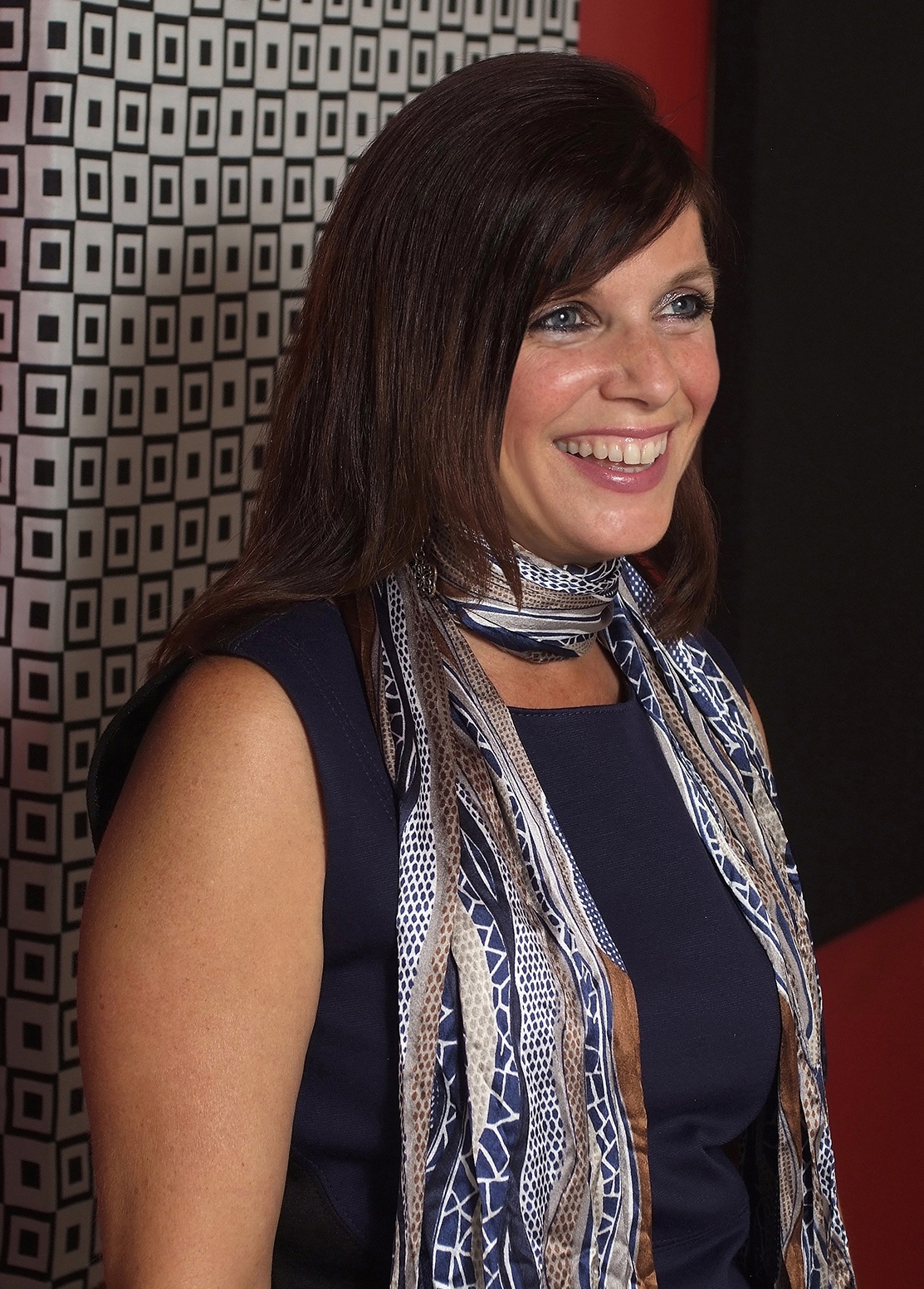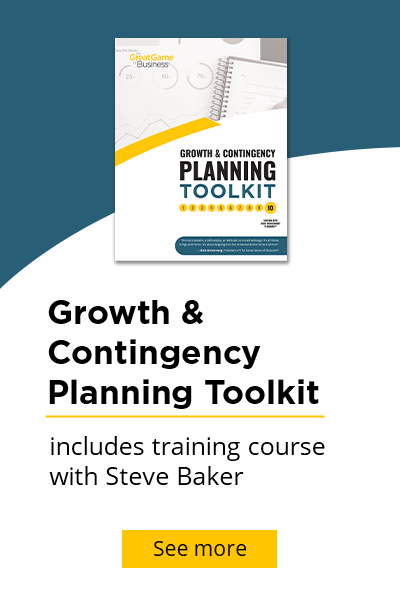
You have probably heard the cliche, "People want to buy from people they know, like and trust." Undoubtedly, you could change that to employees want to work for companies they know, like and trust. Let's have a discussion about attracting talent and employee retention.
As growth consultants, we witness companies intensively focus on acquiring new customers and put far less emphasis on customer retention or workforce engagement. These businesses are ignoring critical economic drivers of success. It is essential to establish a People+People Plan to create a positive brand experience for all stakeholders.
So how do you build a brand reputation that attracts both customers and employees?
Live Your Vision, Values, and Purpose
Why? In one word, clarity. A business with a written vision knows where they are heading and what success will look like at a select time in the future. Core values support the vision and shape your culture. They are the essence of the company's identity and aid in decision-making processes. Establishing a purpose means you are not just doing a job but making a meaningful impact. The investment to create clarity and alignment in your organization builds brand loyalty and trust, resulting in higher client and talent retention.
Beyond people satisfaction, there is proven Return on Equity (ROE) for companies who emphasize living their purpose. The book Firms of Endearment tracked the financial performance of purpose-driven companies, like Whole Foods and Ikea, for over 10 years. They found these companies showed an average annual return on equity of 13.1%, which is 9% higher than the S&P Global Rating.
Determine Your Brand Archetype
Well-known psychiatrist Carl Jung, who founded analytical psychology, analyzed how symbols and common myths shape our thinking. Jung theorized that archetypes are sub-conscious representations and patterns of behavior inherited from our ancestors. Brand archetypes are a human persona you assign to your organization that defines your brand personality and character.
Does your company exist to connect with and be valued by its customers and employees or to continually feed its passion for knowledge? Determine why you exist and then use archetypes to anchor your brand in something iconic. This creates a deep-rooted emotional connection for your audience.
If this is new to you, it's a relatively easy concept to grasp if you think about how notable brands today use their archetypes:
- You're in Good Hands with Allstate - The Caregiver
- The Honest Company and it's Honest Standard - The Innocent
- Jeep's No Road, No Problem - The Explorer
Use Brand Positioning to Own a Unique Space in the Minds of Your Customers and Employees
If your brand is dominant in your business category, then you are the exception. For the rest of us, it is very challenging to own a position that is differentiated from the competition. A common pitfall is trying to be all things in all industries and letting the market determine your position. Often, a business chooses a competitive advantage that is not unique but rather a must-have or table stakes for anyone in the market space. Service and quality come to mind. Don’t underestimate the importance of brand positioning. It can undermine your growth potential and focus.
You need to answer these three questions to hone in your brand’s position:
1. What do you do well
2. What is unique in comparison to your competition
3. What will resonate with your target audience?
The third point, considering your audience and their preference, tends to be neglected most frequently. Why would you consider building a position that doesn't captivate the minds of your customer? Simple surveys, or better yet interviews with clients, prospects and lost customers, will solidify your assumptions.
A defined brand position is a win-win-win. Clients understand the value of working with you. Employees also want to get behind a brand that has a clear market position, as it provides them confidence when speaking to your company in personal and professional conversations. And as an employer, imagine if everyone in your organization is able to confidently articulate your elevator pitch!
I believe it's true. People want to work with and for brands they know, like and trust. Invest in these key foundational elements to spend less time kissing frogs and more time courting the right-fit clients and employees.
Other Articles You Might Like:
.png)









.png)




-5.png)

